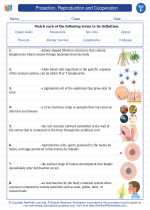Angiosperms
Angiosperms are flowering plants that produce seeds enclosed within a carpel. They are the most diverse group of land plants, with over 300,000 species.
Structure of Angiosperms
Angiosperms have several key features that distinguish them from other plant groups:
- Flowers: The reproductive structures of angiosperms, flowers contain the male and female reproductive organs.
- Fruits: After fertilization, the ovary of the flower develops into a fruit, which protects the developing seeds and aids in their dispersal.
- Seeds: Angiosperms produce seeds enclosed within a carpel, which provides protection and nourishment to the developing embryo.
- Leaves: Most angiosperms have broad leaves with a network of veins for photosynthesis.
- Stems: The stem of an angiosperm provides support and transports water and nutrients throughout the plant.
Reproduction in Angiosperms
Angiosperms reproduce through a process known as double fertilization. This involves the fusion of a sperm cell with an egg cell to form a zygote, and the fusion of a second sperm cell with two other cells to form the endosperm, which provides nourishment to the developing embryo.
Classification of Angiosperms
Angiosperms are classified into two main groups: monocots and dicots. These groups are distinguished by differences in their seed structure, leaf venation, and floral arrangements.
Importance of Angiosperms
Angiosperms play a crucial role in the ecosystem and have significant economic importance. They provide food, oxygen, and habitat for various organisms, and are a source of many important products such as fruits, vegetables, grains, and fibers.
Study Guide
Here are some key points to remember when studying angiosperms:
- What are the key features of angiosperms?
- Describe the process of reproduction in angiosperms.
- What are the main differences between monocots and dicots?
- Why are angiosperms important in the ecosystem and to humans?
Be sure to review the structure, reproduction, classification, and importance of angiosperms to gain a comprehensive understanding of this diverse group of plants.
.◂Science Worksheets and Study Guides Sixth Grade. Protection, Reproduction and Cooperation
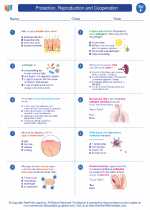
 Worksheet/Answer key
Worksheet/Answer key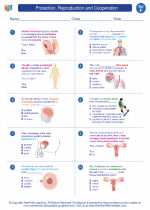
 Worksheet/Answer key
Worksheet/Answer key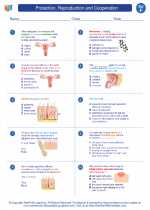
 Vocabulary/Answer key
Vocabulary/Answer key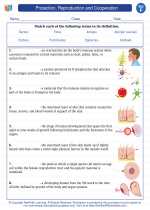
 Vocabulary/Answer key
Vocabulary/Answer key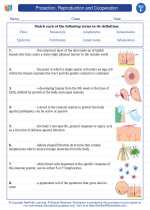
 Vocabulary/Answer key
Vocabulary/Answer key